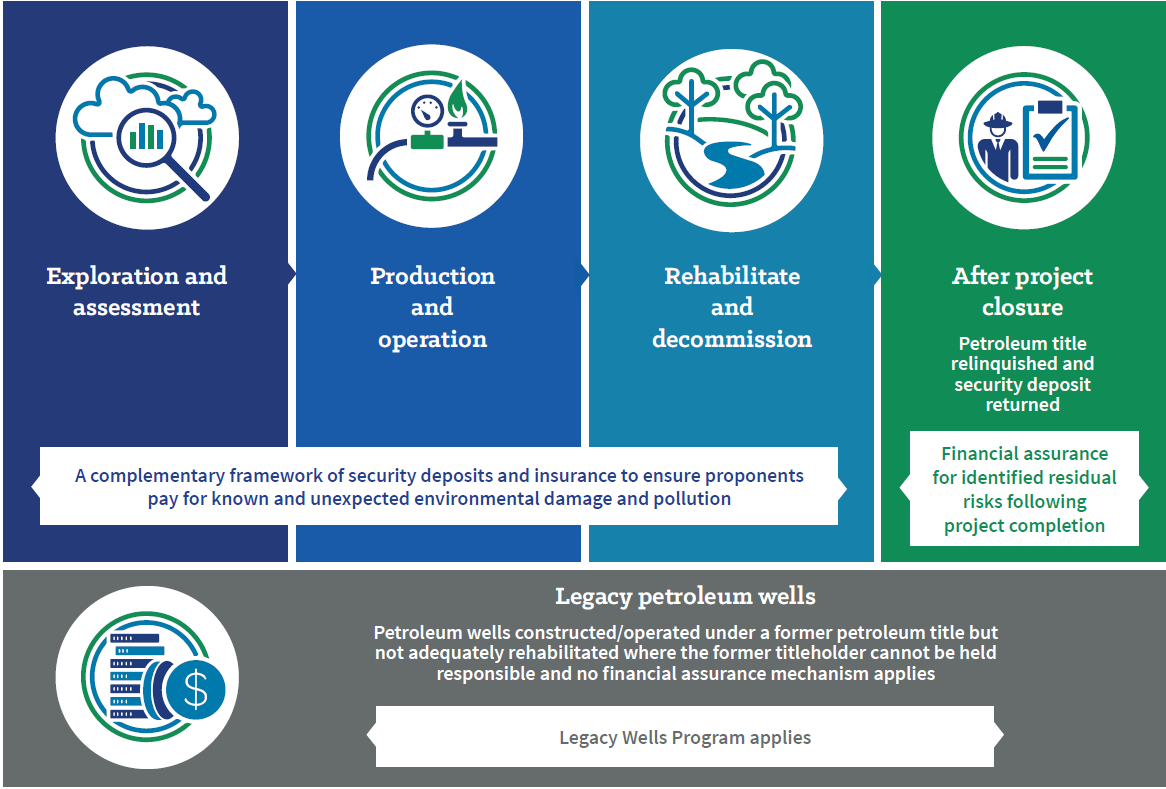Safeguarding future environmental liabilities
The NSW Government has a financial framework in place designed to protect against future environmental liabilities that may arise from gas projects in NSW.
This framework is designed to protect the NSW community and the environment, and to make sure that the costs of remedying any environmental impact from the activities of the gas industry are paid by the industry and not by the community.
We are doing this by:
- requiring a security deposit to cover the costs of rehabilitation
- requiring gas companies to employ effective risk management strategies throughout the life of a project and provide evidence of adequate insurance coverage or alternative financial arrangements to cover the clean-up costs of potential pollution incidents
- assessing potential future environmental liabilities to determine whether a financial assurance is required for residual risks not covered by the rehabilitation security deposit. This will cover environmental liabilities that may arise after rehabilitation activities have been completed and the security deposit is released
- continuing the Government’s program for managing abandoned petroleum wells (the Legacy Wells program) which provides an existing framework for strategic management of abandoned petroleum wells.
Together these four actions will apply a complementary framework of financial protections to manage environmental liabilities during the life cycle of a gas project.
